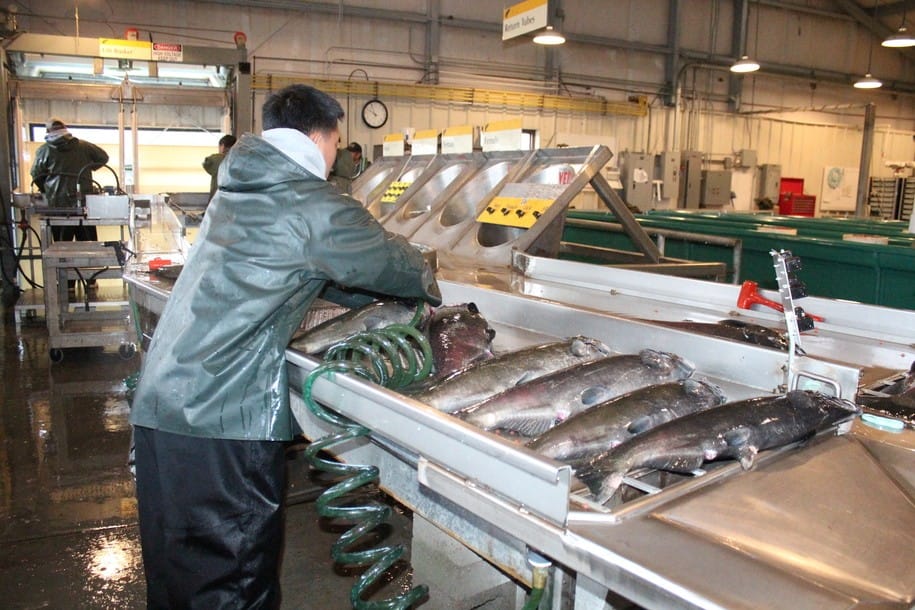Record numbers of salmon return to Mokelumne River, while shockingly low numbers show on upper Sacramento
Recreational and commercial salmon fishing in California waters and recreational salmon fishing on the state’s rivers has been closed for two years





